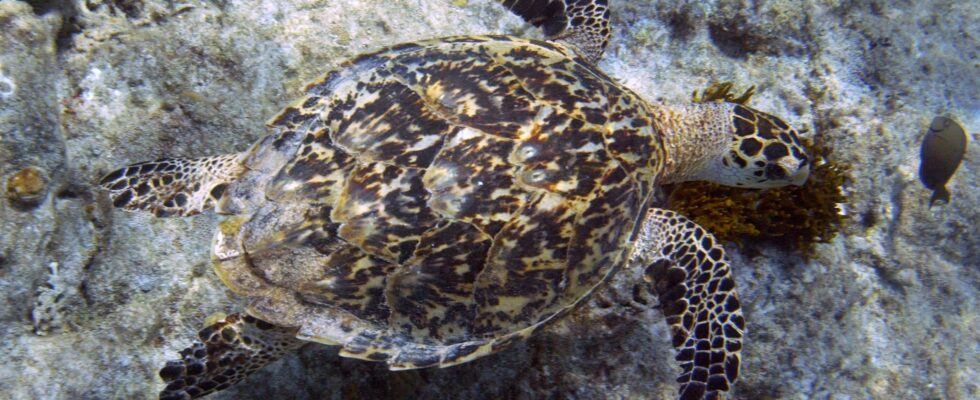A vital treaty for the planet… And for us. This Friday, March 3, the member states of the UN will have to return their copy in terms of the protection of the high seas, after multiple unsuccessful attempts in recent months. From 200 nautical miles (370 kilometers) from the coast – the famous EEZ, exclusive economic zones – no jurisdiction regulates the exploitation of the ocean. However, there is urgency. The area, 60% of the oceans, is crucial, for the environment and for man, and is threatened by the interests of States, and global warming. A text must therefore be drawn up, while taking into account the particularities of the different nations, the culmination of 15 years of informal and then formal discussions. A challenge.
What could it be?
Last December, member countries pledged to protect 30% of the planet’s land and oceans by 2030 at COP15 on biodiversity. An almost impossible challenge without including the high seas, of which only about 1% is protected today. In particular, the treaty should lead to the creation of marine protected areas. The challenge ? The interconnection of the different maritime territories. Choosing a fixed location would not really make it possible to isolate it from pollution elsewhere… The form therefore remains to be invented.
Other commitments could be made on the sidelines of this international meeting, as part of the “Our Ocean” conference. 600 delegates from governments, companies and NGOs must think about the sustainable exploitation of the seas. Avenues for reflection could emerge, to reduce plastic pollution, fight illegal fishing, and curb underwater mining.
Can the States reach an agreement?
This is the third “last” negotiation session in less than a year, a sign of the complexity of the debates. “In the first week, it was going around in circles, but we have the impression that the pace is accelerating and that opinions are getting closer,” Laura Meller, from Greenpeace, told AFP, now believing that a ” strong and comprehensive treaty is really within reach”.
“I wouldn’t call it ambitious, but I think it would be strong enough to be significant, to put in place something that states can build on,” said AFP. , Glen Wright, researcher at the Institute for Sustainable Development and International Relations.
Sign of the impetus, some announcements have already emerged, on the sidelines of these negotiations. The European Union (EU) announced in a press release that it will devote in 2023 more than 800 million euros to programs for the protection of the sea, a sum however relatively small in view of the income generated by European States. Panama also signed a decree on Thursday expanding the protected maritime zone of Banco Volcan (Caribbean Sea) from 14,000 to 93,000 square kilometers. 300 announcements are expected. A figure that says nothing about the quality of these measurements.
What’s still blocking?
Despite the progress made since the beginning of the week, welcomed this Wednesday by several delegations, there are still many differences, in particular on the terms of creation and application of marine protected areas, an emblematic tool of the future treaty. Who and how will the planned impact studies be carried out? How will these protected areas be created? Or even to whom belong the resources of the Ocean, the points of tension remain multiple.
China is pushing in particular so that these sanctuaries cannot be created by the future Conference of the Parties (COP, which will bring together all the future signatories) only by consensus – which in effect creates a right of veto. It also asks for an explicit reference to the fact that “disputed” maritime areas are excluded from the treaty.
Another highly political dispute, the distribution of the possible benefits resulting from the exploitation of the genetic resources of the high seas, where pharmaceutical, chemical and cosmetic industries hope to discover miraculous molecules. A potential windfall from which developing countries fear being excluded, for lack of the means to carry out this very costly research. A proposal on the table suggests that the future COP come back to this subject later, when the benefits will actually be there, and that a mandatory financial contribution to the operation of the treaty be put in place in the meantime.
